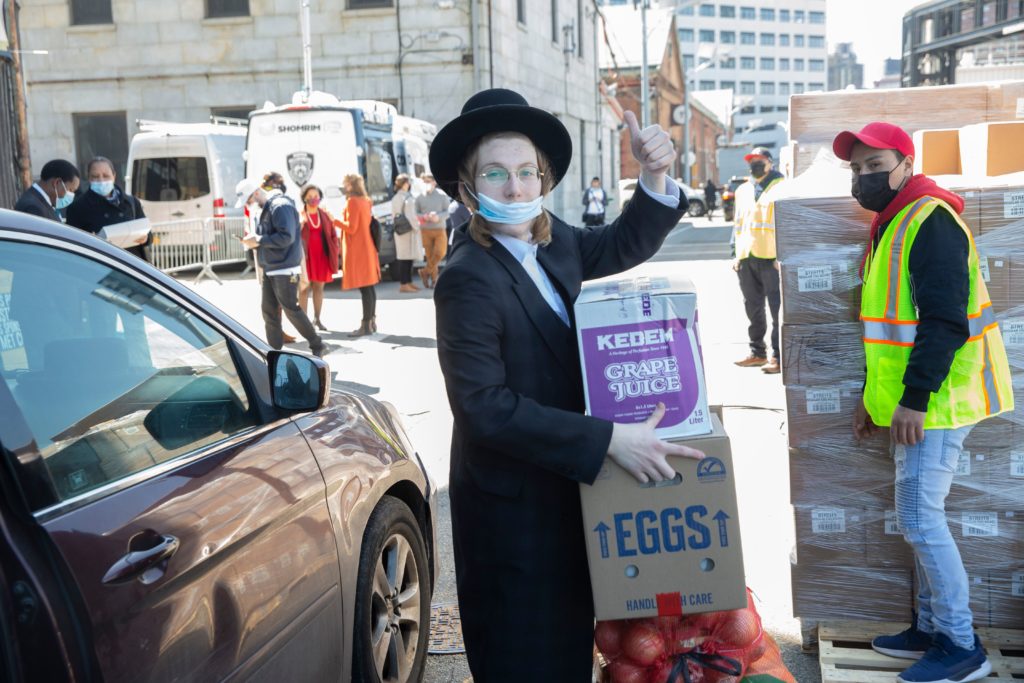Jewish poverty, often hidden, common in Brooklyn
Elderly Russian immigrants, Holocaust survivors, ultra-Orthodox, disabled are at risk

Brooklyn has the highest proportion of Jewish poverty in the New York metro area, with more than a quarter of borough Jews “poor or near poor.” And among the groups with a higher proportion of poverty are elderly immigrants from the former Soviet Union, elderly Holocaust survivors (more than half of the metro area’s estimated 38,000 live in Brooklyn), Hasidic and ultra-Orthodox Jews, and the disabled.
A “COVID-19 Impact Study” just released by the UJA-Federation of New York surveyed adults throughout the metropolitan area between February and May of 2021.
Looking at Brooklyn specifically, the study found that 13 percent of Jewish adults are “food-insecure,” and 8 percent in Brooklyn are behind in their rent.

Brooklyn Boro
View MoreNew York City’s most populous borough, Brooklyn, is home to nearly 2.6 million residents. If Brooklyn were an independent city it would be the fourth largest city in the United States. While Brooklyn has become the epitome of ‘cool and hip’ in recent years, for those that were born here, raised families here and improved communities over the years, Brooklyn has never been ‘uncool’.